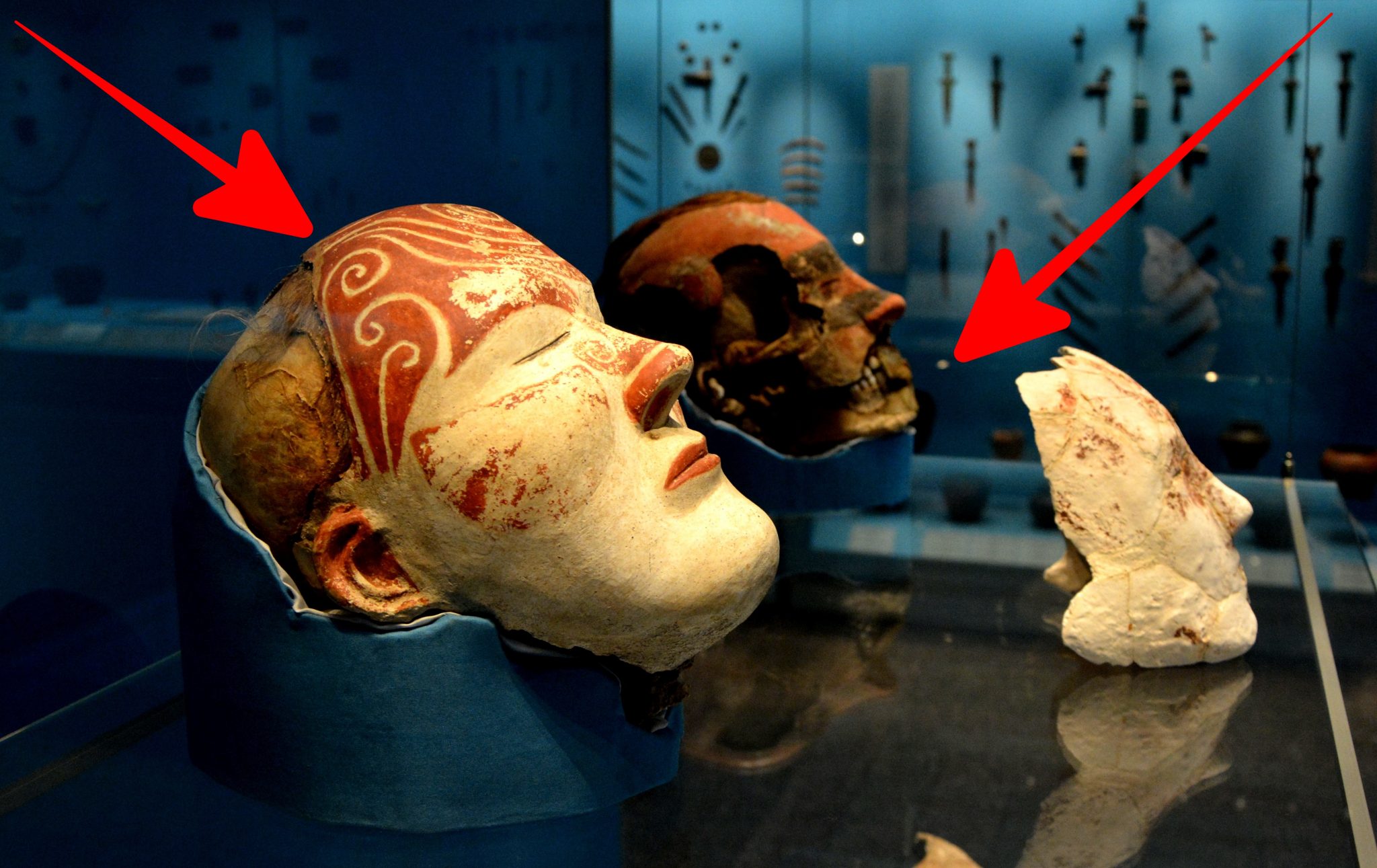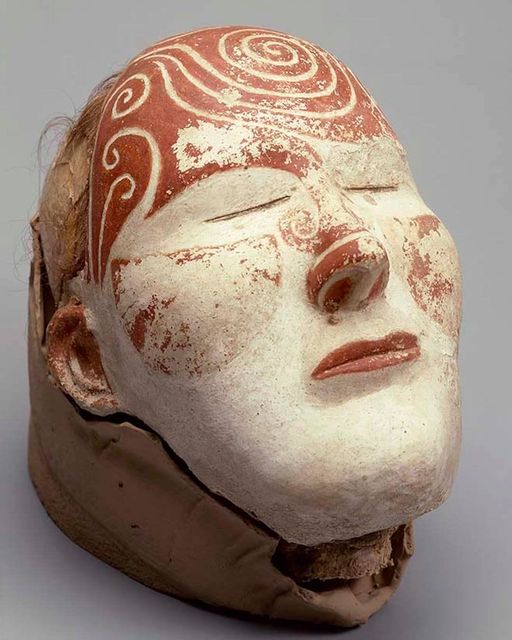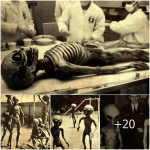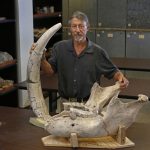Women’s Funerary Masks: South Siberian Tashtyk Culture Artifacts from the Huno-Sarmatian Period

The discovery of dead masks belonging to a woman from the Tashtyk Culture offers a fascinating glimpse into the ancient civilizations of South Siberia during the Huno-Sarmatian Era, specifically dating back to the 3rd and 4th centuries AD. Unearthed from the Oglakhty Burial Mound in the Republic of Khakassia, South Siberia, these artifacts now reside within the esteemed halls of The State Hermitage Museum, preserving the rich cultural heritage of the Tashtyk people for future generations to admire and study.
The Tashtyk Culture flourished as settled cattle-breeders and farmers, distinguished by their unique burial customs and rituals. Spanning from the 1st to the 7th centuries AD, the Tashtyk culture thrived in the Minusinsk Basin of the Yenisei valley, leaving behind a legacy of artistic and archaeological treasures that continue to captivate scholars and enthusiasts alike.

The dead masks discovered in the Oglakhty Burial Mound serve as poignant reminders of the Tashtyk people’s reverence for their deceased and their beliefs surrounding death and the afterlife. Crafted with exquisite detail and precision, these masks were likely intended to preserve the likeness and identity of the deceased woman in the journey to the next world. Each mask tells a silent story, offering insights into the individual’s status, identity, and perhaps even their personality.
The significance of these dead masks extends beyond their artistic and archaeological value. They provide valuable clues about the religious and spiritual beliefs of the Tashtyk people, shedding light on their views on death, the soul, and the afterlife. The meticulous care and attention to detail invested in crafting these masks reflect the Tashtyk people’s deep-seated reverence for the deceased and their desire to ensure a peaceful transition into the realm of the ancestors.

The discovery of these dead masks also offers a glimpse into the social and cultural dynamics of Tashtyk society. The presence of such elaborate burial rituals suggests a hierarchical social structure, with certain individuals accorded greater status and prestige even in death. By studying these artifacts, archaeologists and historians can gain valuable insights into the lives, customs, and traditions of the Tashtyk people, enriching our understanding of this ancient civilization.
Today, the dead masks of the Tashtyk Culture serve as poignant reminders of the enduring legacy of South Siberia’s ancient civilizations. They stand as testaments to the creativity, spirituality, and resilience of the Tashtyk people, who thrived in harmony with the natural world despite the challenges they faced. Preserved within the walls of The State Hermitage Museum, these artifacts continue to inspire awe and admiration, inviting visitors to contemplate the mysteries of the past and the rich tapestry of human history.











